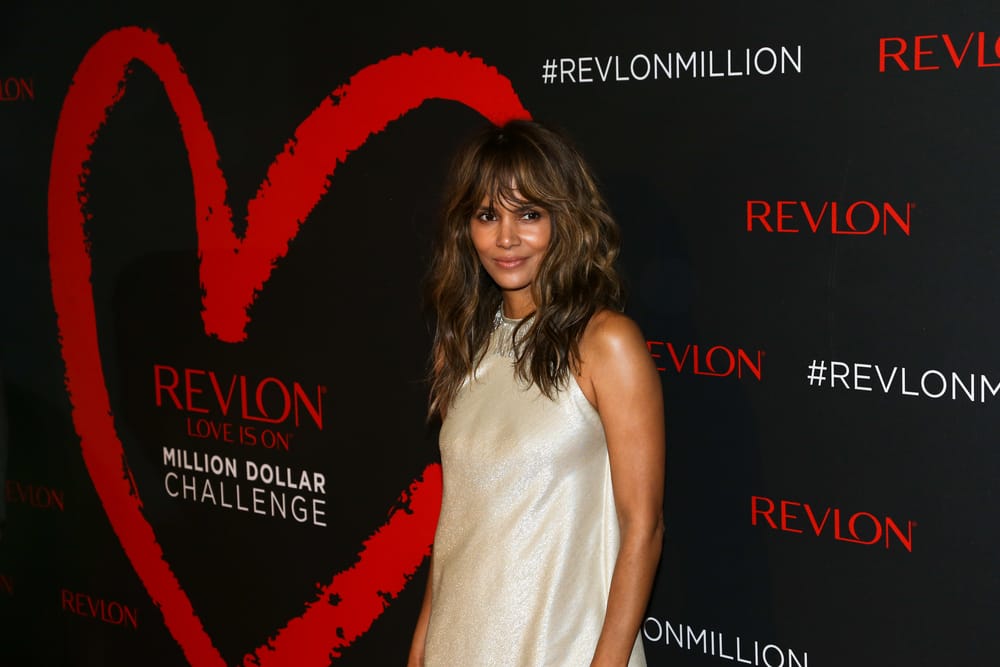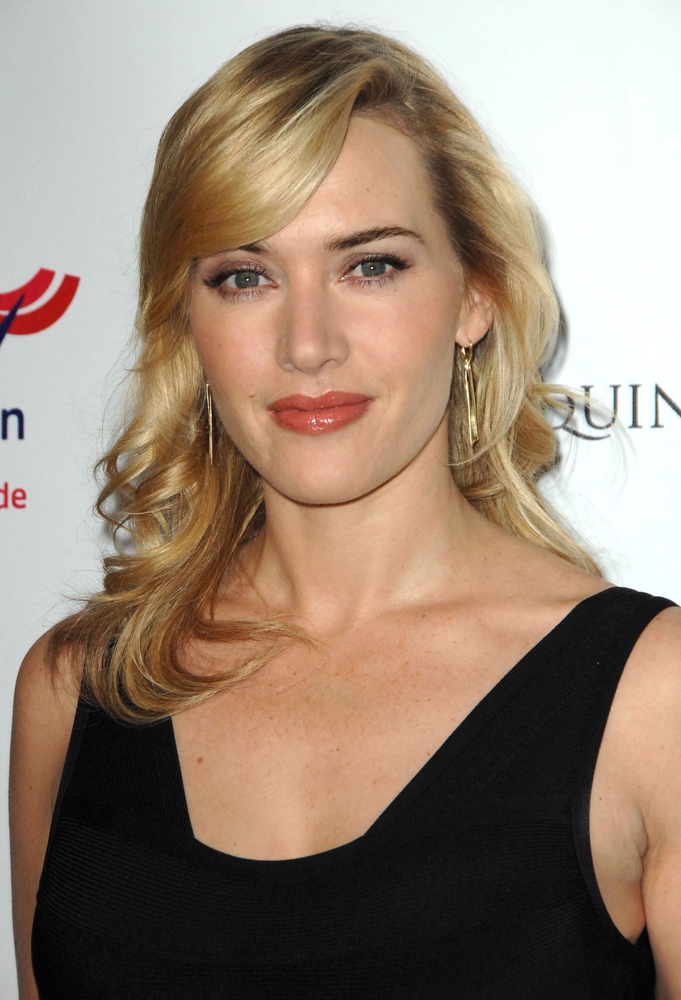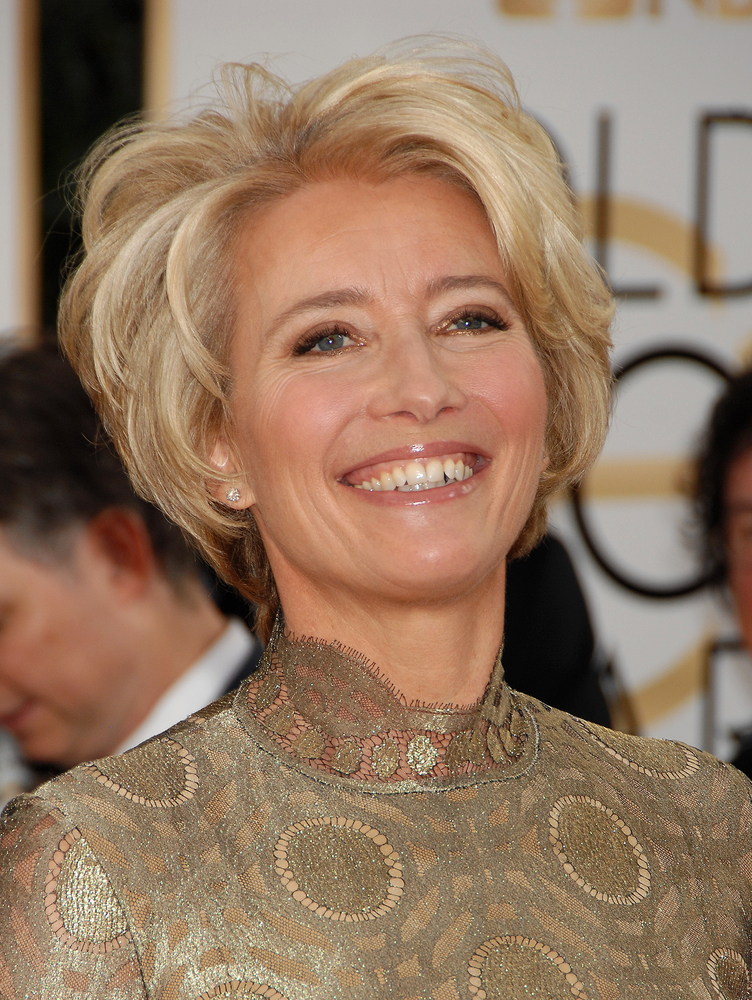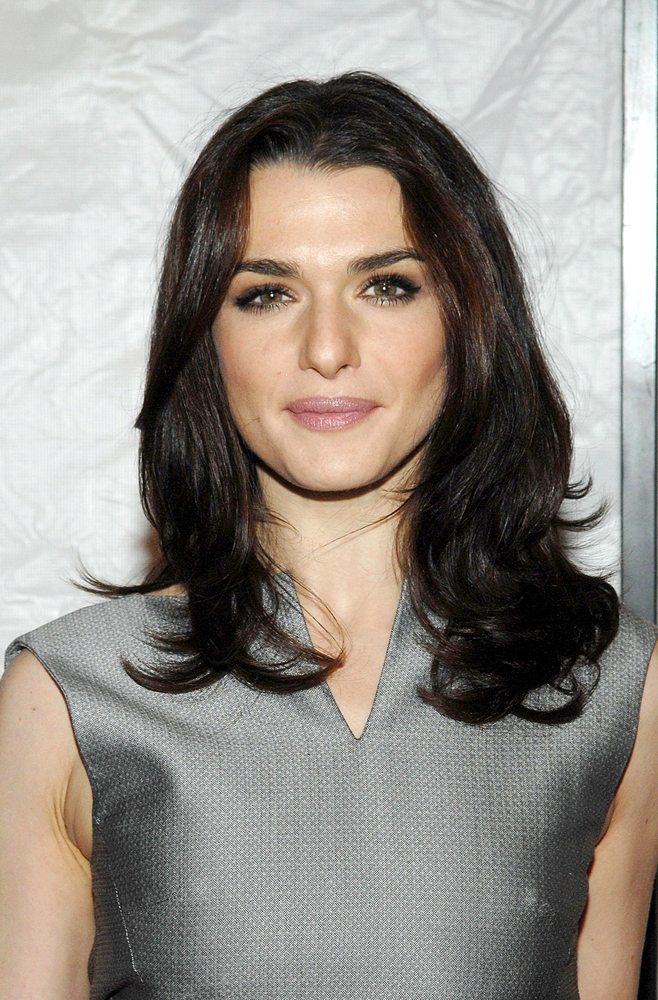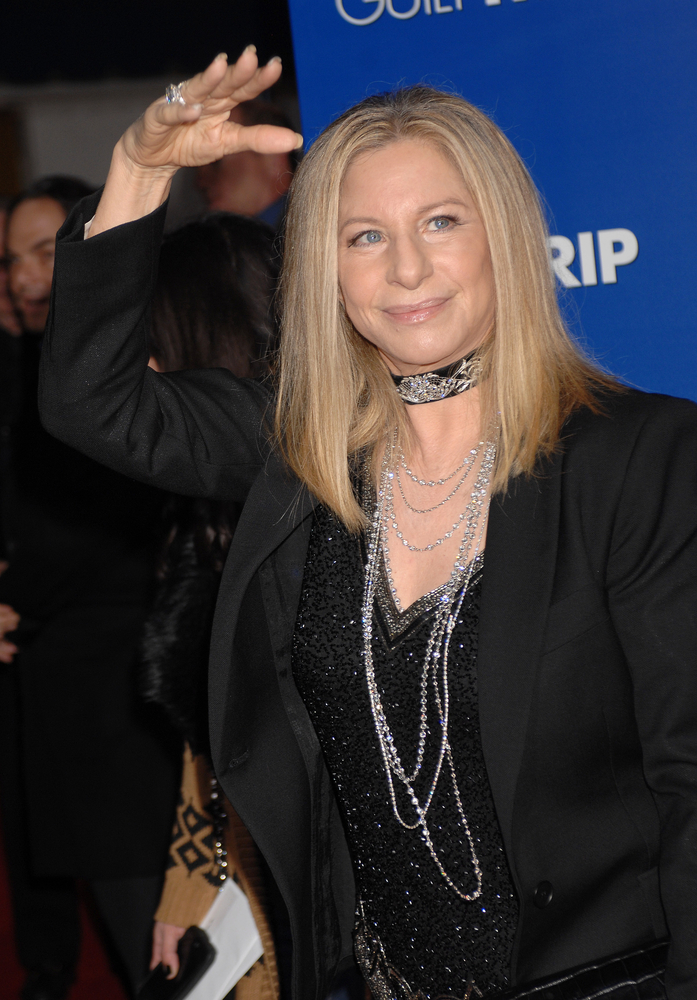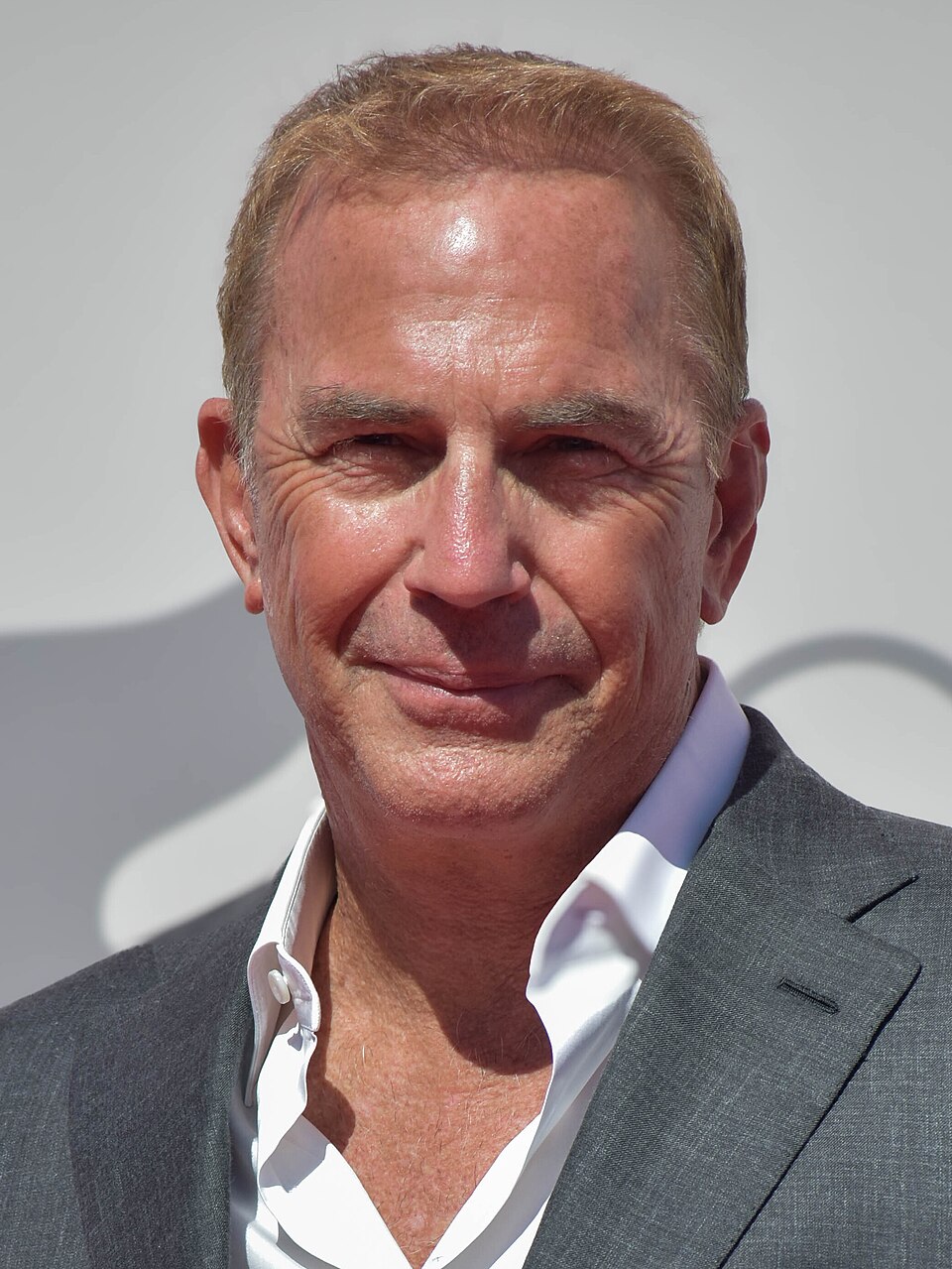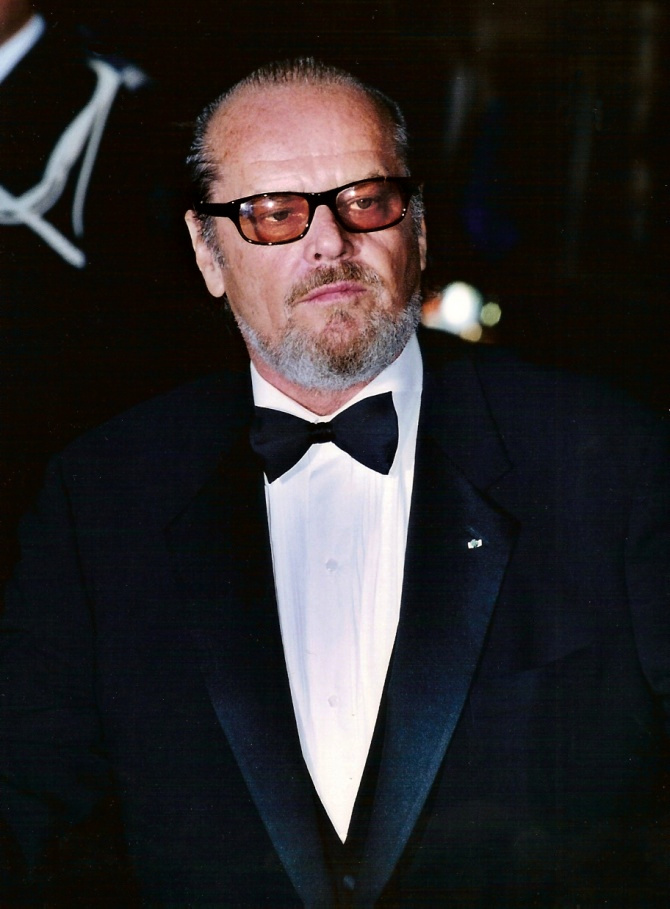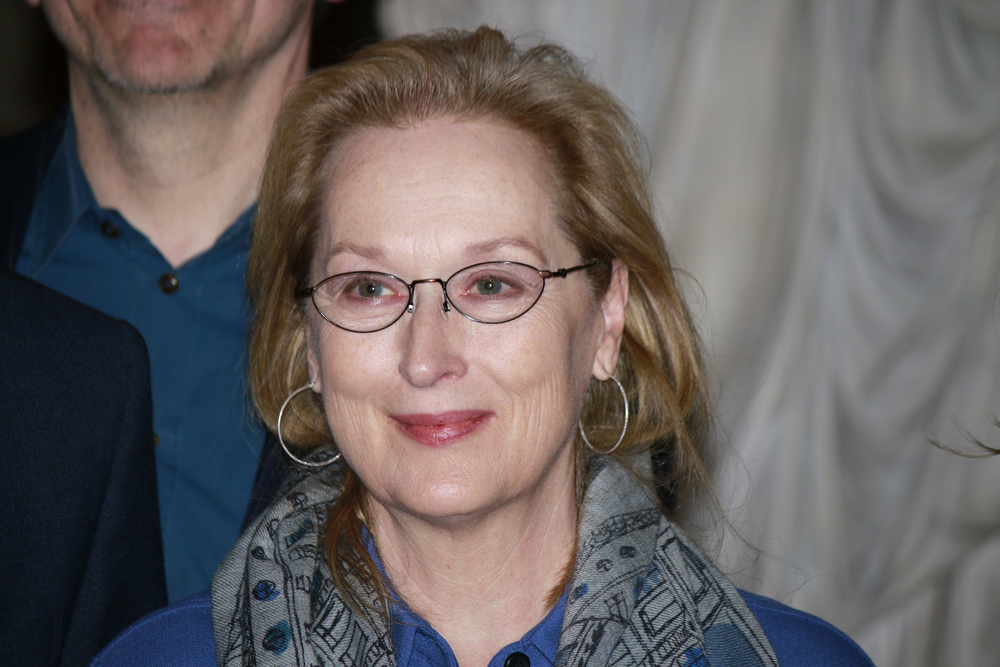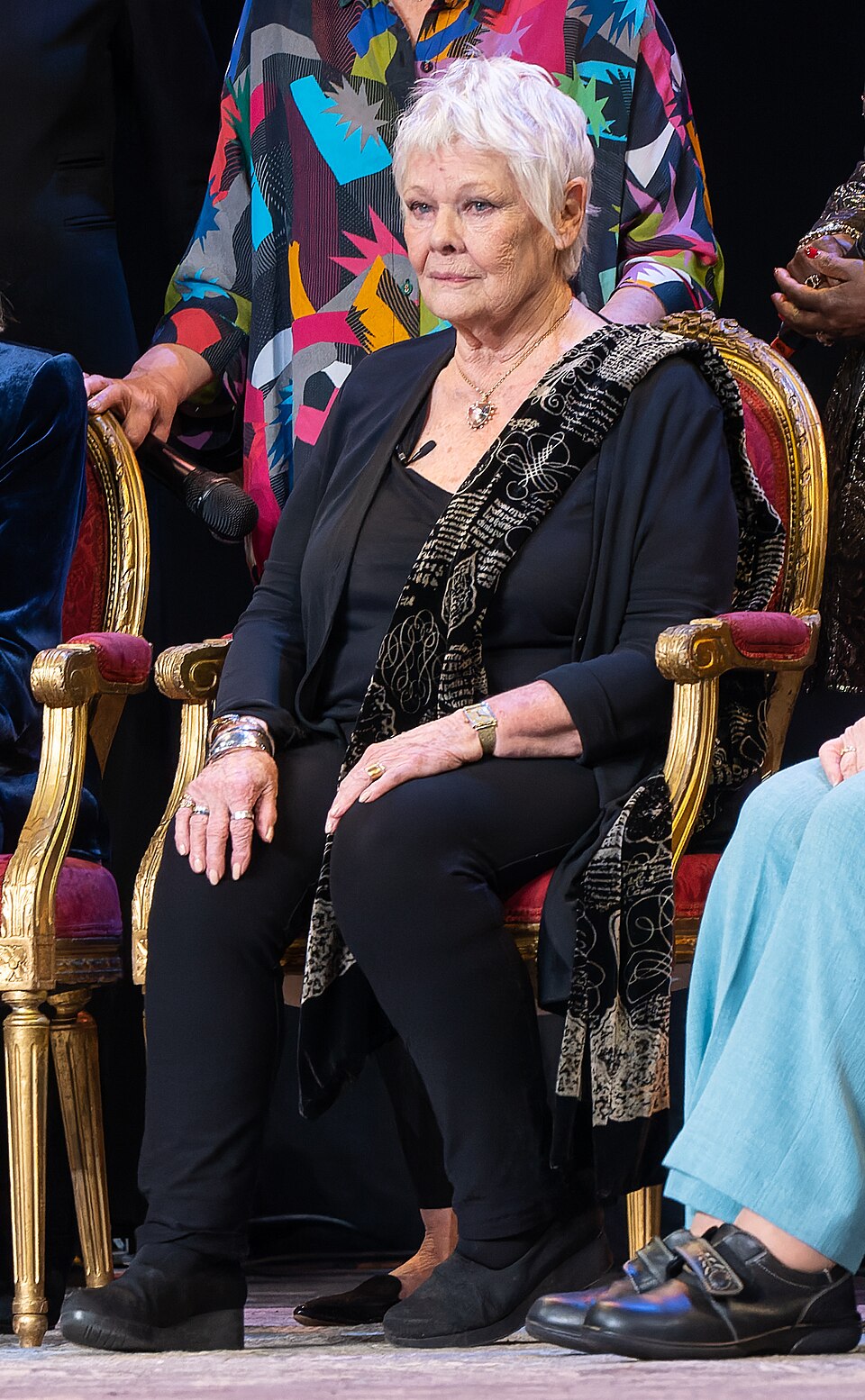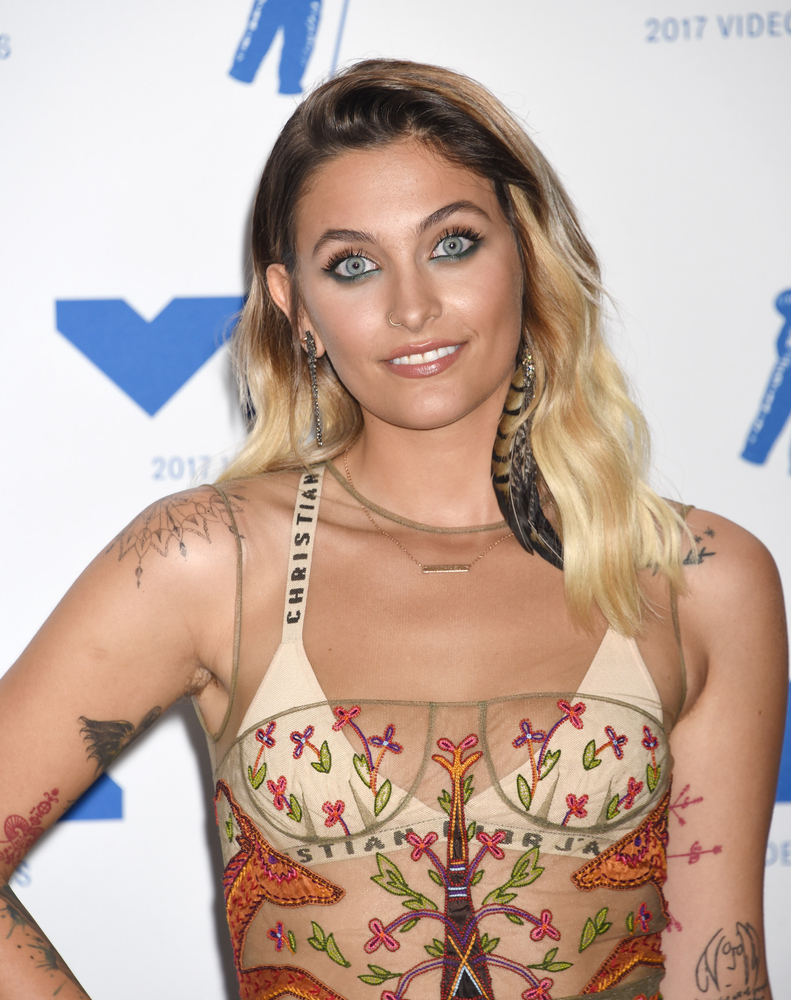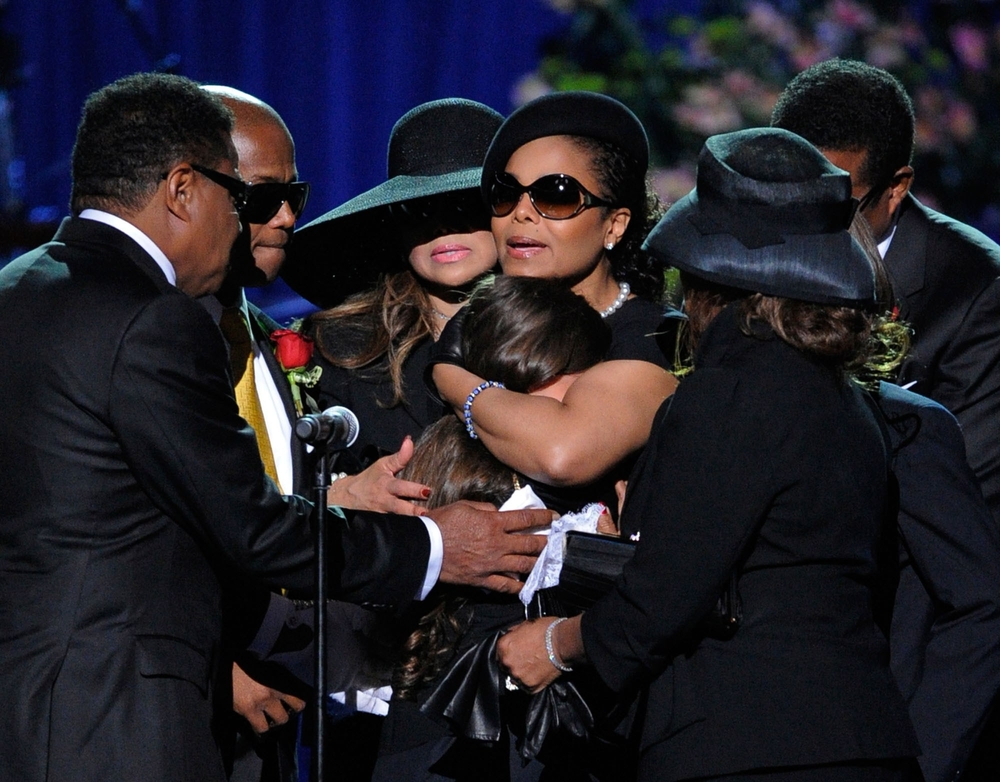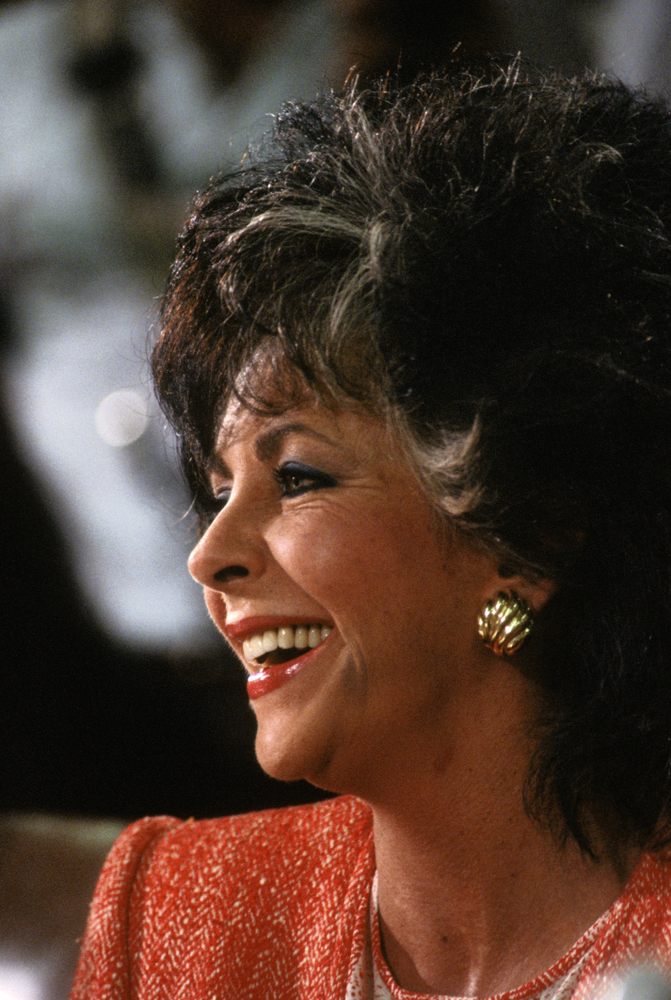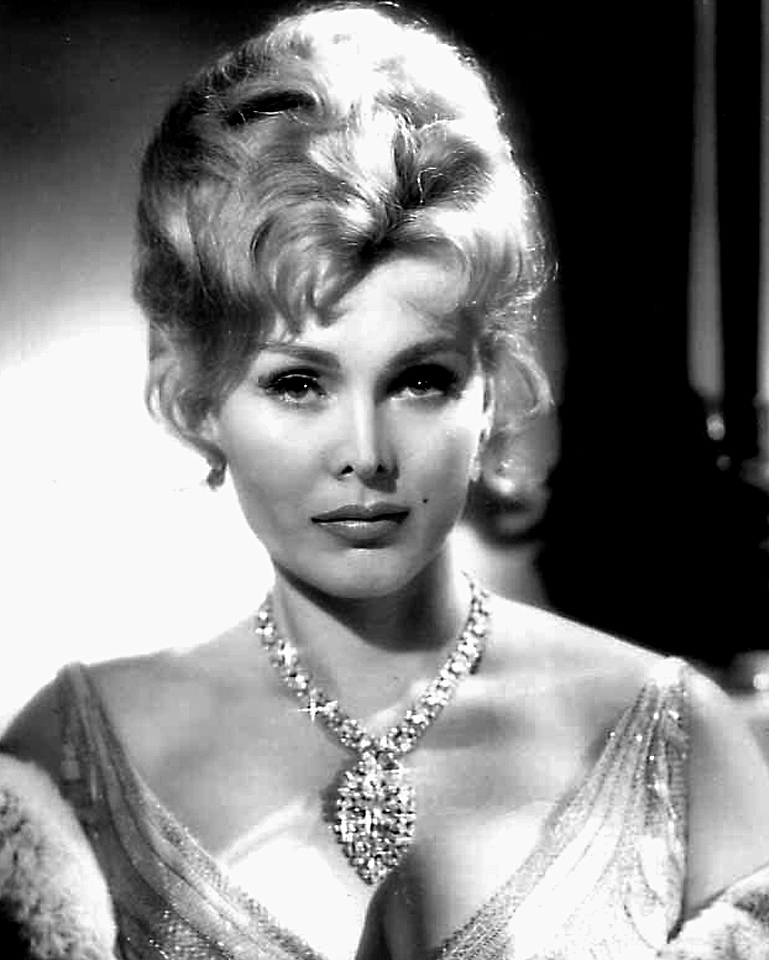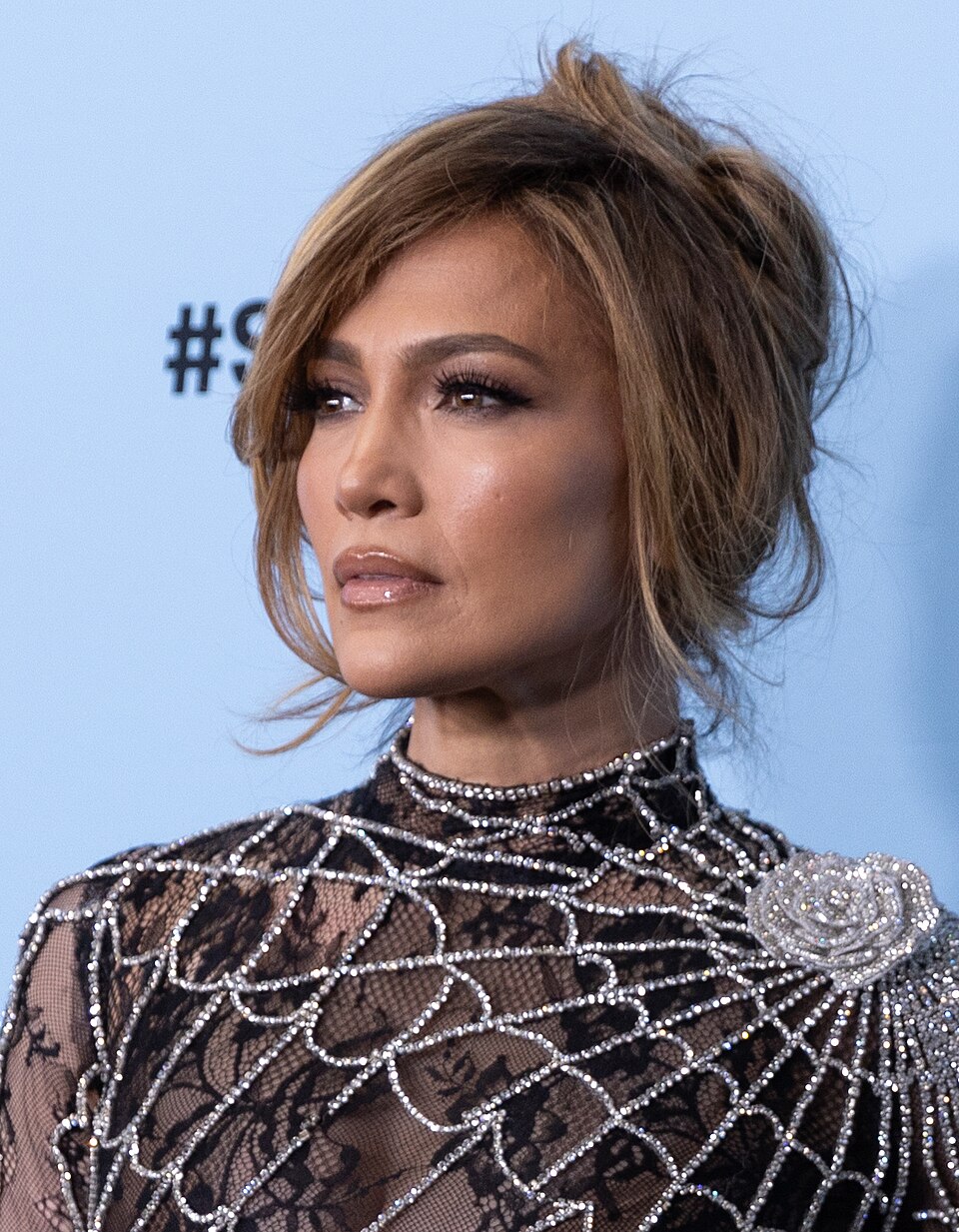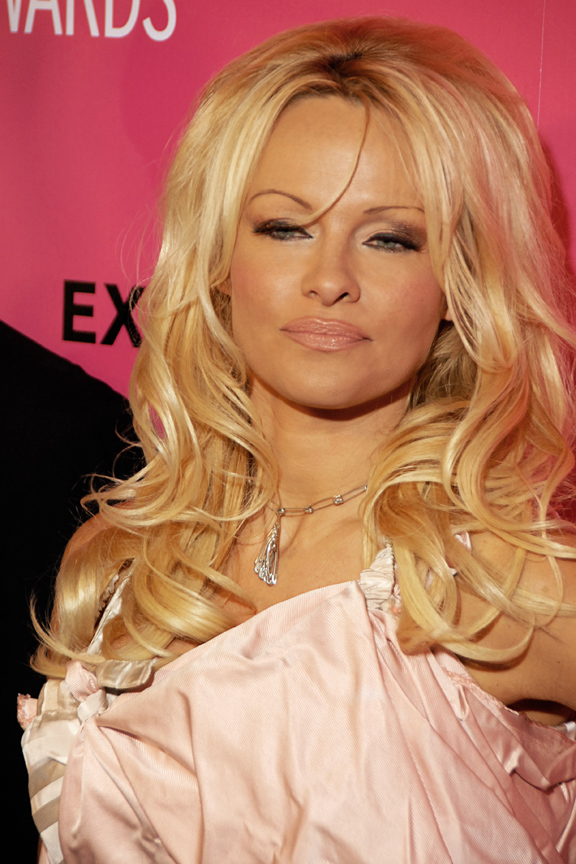The woman who brought us Hogwarts, Horcruxes, and He-Who-Must-Not-Be-Named is one of the most successful authors in history. J.K. Rowling’s net worth is estimated at a staggering £945 million ($1.2 billion), yet she’s famously slipped on and off the billionaire list over the years. Her story is more than just rags-to-riches—it’s a masterclass in how intellectual property can become a global empire. But despite the billions her franchise has generated, Rowling’s personal fortune tells a more nuanced tale. If you’ve ever wondered how much the Harry Potter universe still earns—and why Rowling isn’t always counted among the world’s billionaires—this is your behind-the-scenes look.
The Harry Potter Franchise Still Prints Money
The Harry Potter brand is far from fading—it’s a financial juggernaut. Between book sales, film royalties, theme parks, and merchandise, Rowling reportedly earns between £40 million to £80 million annually. The original seven-book series has sold over 600 million copies worldwide, making it the best-selling book series in history. The eight-film adaptation grossed more than $7.7 billion globally, with Rowling earning a cut from each installment. Add in licensing deals with Universal Studios for the Wizarding World theme parks, and it’s clear: the magic is still very much alive.
Her Generosity Keeps Her Off the Billionaire List
Rowling’s net worth could easily surpass the billion-pound mark—if she weren’t so generous. She’s donated an estimated £150 million to various charities, including her own Lumos Foundation. In fact, her philanthropy was the reason she dropped off Forbes’ billionaire list in 2012. Unlike many moguls who hoard wealth, Rowling has consistently used her fortune to support causes like children’s welfare, multiple sclerosis research, and anti-poverty initiatives. Her giving spirit is admirable, but it’s also the main reason she’s not consistently ranked as a billionaire.
She Owns the Rights—and That’s a Big Deal
One of Rowling’s smartest business moves was retaining the rights to her intellectual property. When she signed the deal with Warner Bros. for the Harry Potter films, she kept creative control and a share of the profits. This decision has paid off handsomely, giving her a steady stream of income from every new spin-off, streaming deal, and merchandise line. From “Fantastic Beasts” to the upcoming HBO Max reboot, Rowling continues to profit from every expansion of the Potterverse. Owning your IP isn’t just smart—it’s the reason she’s still earning millions decades after the first book hit shelves.
Her Wealth Is Tied Up in Assets
Rowling’s net worth isn’t just sitting in a Gringotts vault—it’s spread across real estate, investments, and business ventures. She owns multiple luxury properties in Edinburgh, London, and the Scottish countryside. These assets contribute to her overall wealth but aren’t as liquid as cash in the bank. That’s part of why her net worth fluctuates and why she may not always appear on billionaire lists. It’s a reminder that being “worth” a billion doesn’t mean having a billion to spend.
Controversy Hasn’t Slowed the Cash Flow
Despite public backlash over her views on gender identity, Rowling’s earnings haven’t taken a major hit. While some fans have distanced themselves, the broader Harry Potter brand remains wildly profitable. Warner Bros. continues to invest in the franchise, and merchandise sales remain strong. Rowling’s books are still bestsellers, and new generations of readers are discovering the magic. In short, controversy may have dented her public image, but not her bottom line.
The Real Magic: Turning Words Into a Global Empire
J.K. Rowling’s story is a testament to the power of storytelling—and savvy business decisions. She didn’t just write a bestselling series; she built a brand that spans books, films, theme parks, and streaming platforms. Her ability to retain rights and reinvest in her universe has kept her earnings strong, even decades later. While her philanthropy may keep her just shy of billionaire status, it also defines her legacy in a meaningful way. In the end, Rowling’s wealth isn’t just measured in pounds—it’s measured in impact.
What do you think—should Rowling’s charitable giving be celebrated more than her billionaire status? Let us know in the comments!
What to Read Next
11 Celebrities Who Never Wasted Their Money on Plastic Surgery
Paris Jackson’s $65M Windfall: How a Legal Filing Exposed the Hidden Wealth Behind a Famous Legacy
The Most-Married Stars in Hollywood: And What They Gained From The Split
These 10 Actresses From The ’80s Are Completely Unrecognizable
Couple Fortune Exposed: How Two Influencers Quietly Built a £300 M Empire While You Watched


